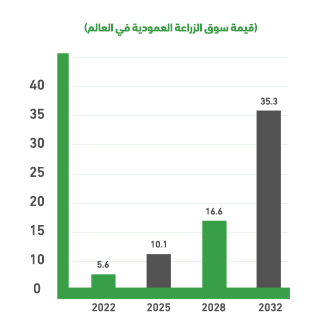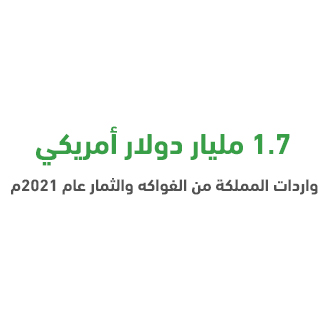
The Vertical Farm Project is a modern and innovative model of agriculture. It aims to achieve high productivity and efficient utilization of small and limited spaces in urban areas. Vertical farming relies on arranging plants vertically rather than horizontally on the ground using structures such as towers or poles.
Vertical farming has several advantages. One of the main ones: Increased productivity. And save space. and the ability to control the environment around the plant. Accurately adjust temperature, humidity, lighting, and nutrient distribution as well as minimize water resources. and reduce the need to use pesticides.

in 2022. The global vertical farming market is valued at $5.6 billion. By the end of 2023, the market is expected to reach $6.8 billion. By the year 2032. We estimate that the market size will reach USD 35.3 billion.
The value of the global vertical farming market will grow at an average annual rate of 20.3% during 2022-2023, which could be a good opportunity to address food shortages and population explosion.

There are several reasons why investing in a vertical farm project in Saudi Arabia is attractive. From them: The Kingdom’s drive to rationalize water use and sustainability of natural resources. and support local agricultural production. and localization of new agricultural technologies. and enhancing food security in line with the National Strategy for Agriculture and Vision 2030.
It is worth noting that in 2021, the Kingdom of Saudi Arabia imported about 1.7 billion US dollars of edible fruits and fruits (a very large number that we can reduce and minimize through projects that adopt sustainability and are in line with the national strategy for the environment, such as the project in our hands: Vertical farm project in Saudi Arabia.)